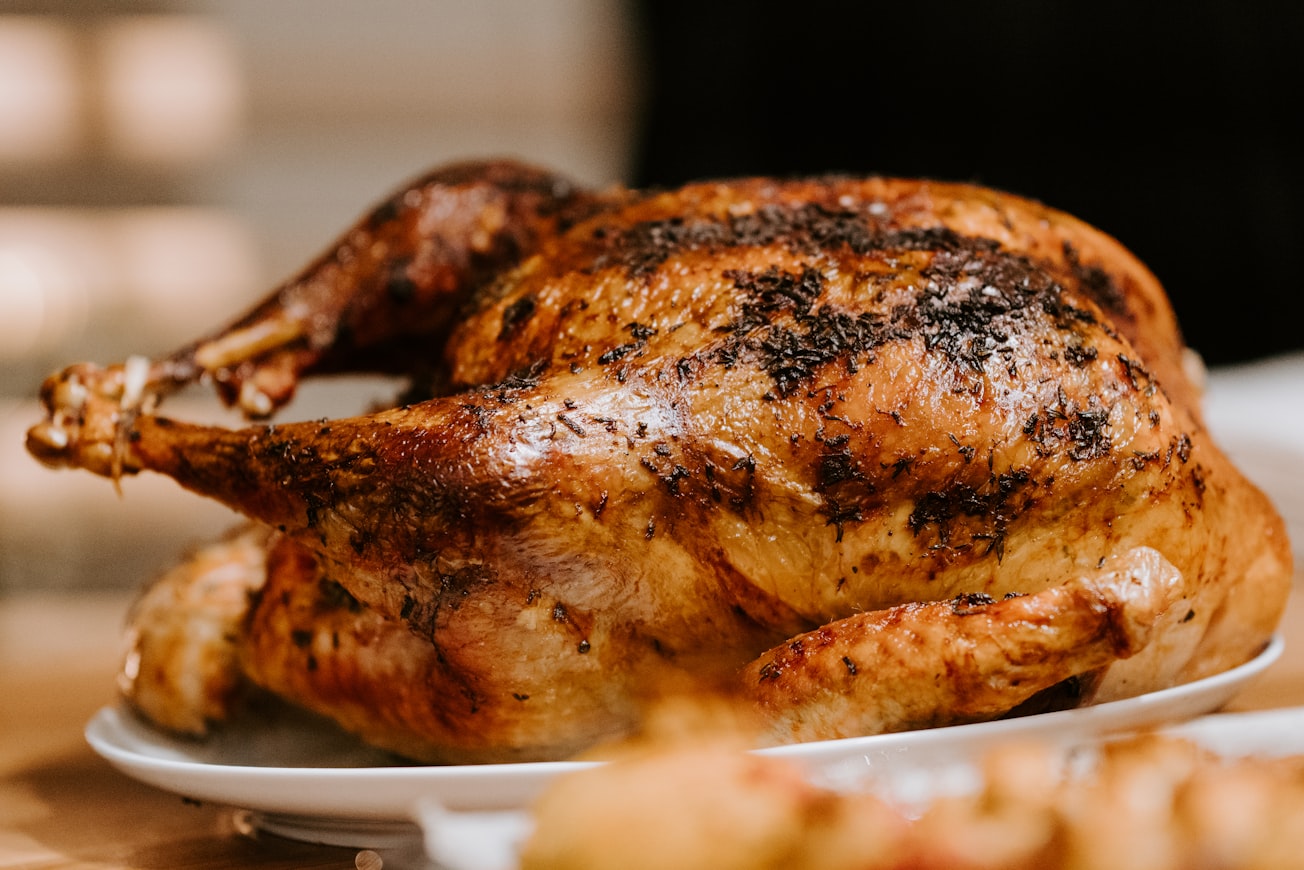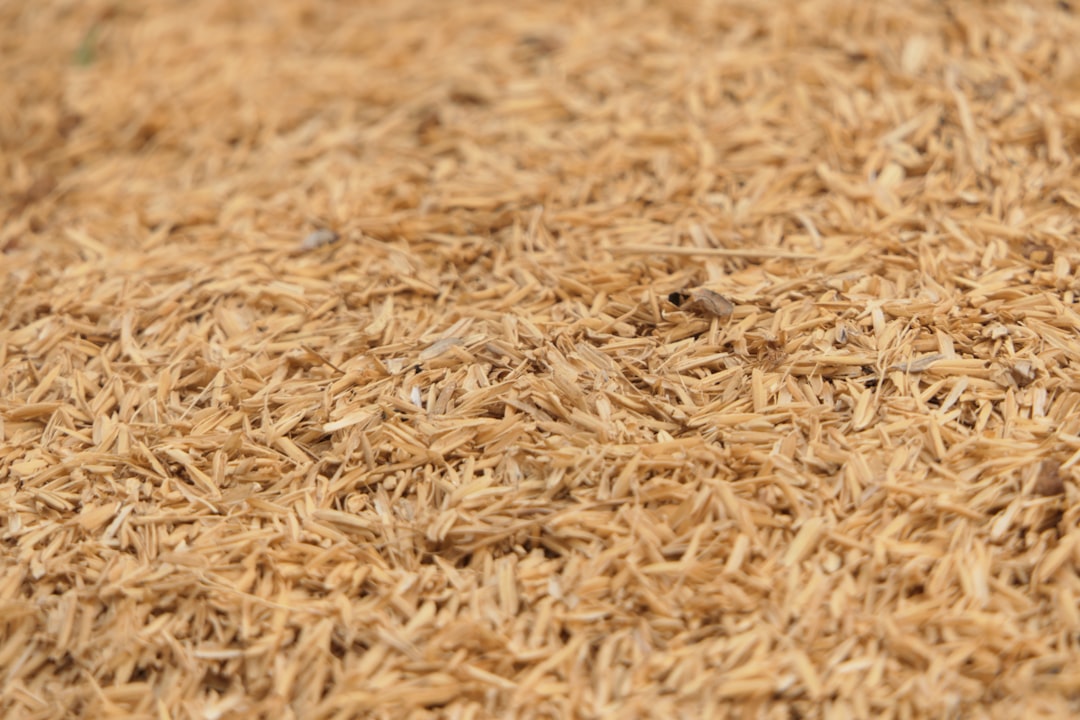What is it about?
In accordance with expectations, there are some strategies to avoid PAHs contamination in cooked meat and fish up to 100%, including low-fat content, fuel/wood types, smoking filters, and different types of marination. This study comprehensively identified the manner in which PAHs avoidance strategies aligned with present safety guidelines.
Featured Image

Photo by Claudio Schwarz on Unsplash
Why is it important?
***Sefe meat and fish cooking methods accoding to the FOOD regulatory authorities***
Perspectives
According to recent research, human exposures to polycyclic aromatic hydrocarbons (PAHs) are mainly through the food route. Food such as meat and fish are two primary sources of dietary protein. However, a certain level of unawareness and poor cooking education leads to the formation of PAHs in cooked meat and fish meals. PAHs are classified as human carcinogens that poses a risk of cancer and related diseases. This review studied high-quality published articles on cooked meat and fish, emphasizing the level of PAHs contaminations, cooking methods, and related parameters. Additionally, verities of easy-feasible PAHs avoidance strategies for meat and fish cooking are summarized. Meat and fish cooking methods such as smoking, grilling, barbecuing, roasting, and frying amalgamated with the risk of PAHs contamination. In accordance with expectations, there are some strategies to avoid PAHs contamination in cooked meat and fish up to 100%, including low-fat content, fuel/wood types, smoking filters, and different types of marination. This study comprehensively identified the manner in which PAHs avoidance strategies aligned with present safety guidelines.
Kunal Dutta
Vidyasagar University
Read the Original
This page is a summary of: High-risk meat and fish cooking methods of polycyclic aromatic hydrocarbons formation and its avoidance strategies, Food Control, December 2022, Elsevier,
DOI: 10.1016/j.foodcont.2022.109253.
You can read the full text:
Resources
Contributors
The following have contributed to this page










